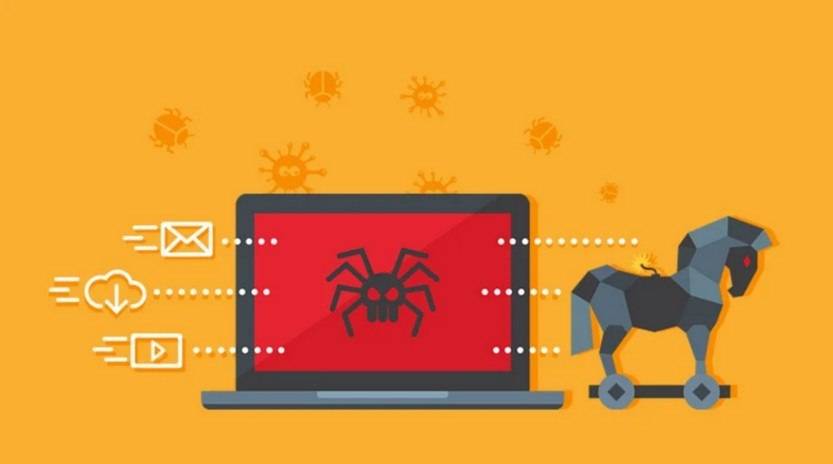Scams have become increasingly prevalent in the digital age, with cybercriminals constantly devising new methods to deceive unsuspecting individuals. One such scam that has gained significant attention is the Apple ‘Unable To Validate Your Details’ phishing scam. This article aims to provide a comprehensive overview of this scam, including what it is, how it works, what to do if you have fallen victim, and other relevant information.

What is the Apple ‘Unable To Validate Your Details’ Phishing Scam?
The Apple ‘Unable To Validate Your Details’ phishing scam is a fraudulent attempt by cybercriminals to obtain sensitive information from Apple users. The scam typically involves the victim receiving an email or text message that appears to be from Apple, informing them that their account details need to be updated or verified due to an issue with their account.
The message often includes a link that directs the victim to a fake website designed to mimic the official Apple website. This website prompts the victim to enter their Apple ID, password, and other personal information, which is then captured by the scammers.
How Does the Scam Work?
The Apple ‘Unable To Validate Your Details’ phishing scam relies on social engineering techniques to trick users into divulging their sensitive information. Here is a step-by-step breakdown of how the scam typically unfolds:
- The victim receives an email or text message that appears to be from Apple, stating that their account details need to be updated or verified.
- The message creates a sense of urgency or fear, often claiming that failure to update the account will result in suspension or termination.
- The email or text message includes a link that directs the victim to a fake website designed to look like the official Apple website.
- Upon clicking the link, the victim is taken to the fake website, where they are prompted to enter their Apple ID, password, and other personal information.
- Unbeknownst to the victim, the scammers capture the entered information, which they can then use for various malicious purposes, such as identity theft or unauthorized access to the victim’s Apple account.
What to Do If You Have Fallen Victim?
If you have fallen victim to the Apple ‘Unable To Validate Your Details’ phishing scam, it is crucial to take immediate action to minimize the potential damage. Here are the steps you should follow:
- Change your Apple ID password: Access your Apple account settings and change your password to prevent further unauthorized access.
- Enable two-factor authentication: Set up two-factor authentication for your Apple account to add an extra layer of security.
- Scan your device for malware: Run a scan with Malwarebytes Free or any reputable antivirus software to ensure that your device is not infected with malware.
- Monitor your accounts: Regularly monitor your bank accounts, credit cards, and other online accounts for any suspicious activity.
- Report the scam: Inform Apple about the phishing scam by forwarding the fraudulent email or text message to reportphishing@apple.com.
Protecting Yourself from Phishing Scams
Phishing scams can be highly convincing, but there are several measures you can take to protect yourself from falling victim. Here are some essential tips:
- Be cautious of unsolicited emails or text messages: Avoid clicking on links or downloading attachments from unknown sources.
- Verify the sender’s identity: Double-check the email address or phone number of the sender to ensure it is legitimate.
- Manually type website addresses: Instead of clicking on links, manually type the website address into your browser to ensure you are visiting the official website.
- Keep your software up to date: Regularly update your operating system, web browsers, and antivirus software to protect against known vulnerabilities.
- Educate yourself: Stay informed about the latest phishing techniques and scams to recognize and avoid potential threats.
Summary
The Apple ‘Unable To Validate Your Details’ phishing scam is a deceptive scheme aimed at tricking Apple users into divulging their sensitive information. By understanding how the scam works and taking necessary precautions, individuals can protect themselves from falling victim to such scams. Remember to always be cautious of unsolicited messages, verify the sender’s identity, and manually type website addresses to ensure you are visiting legitimate websites. In the event that you do fall victim, take immediate action by changing your password, enabling two-factor authentication, and reporting the scam to Apple. By staying vigilant and informed, you can safeguard yourself against phishing scams and other cyber threats.










